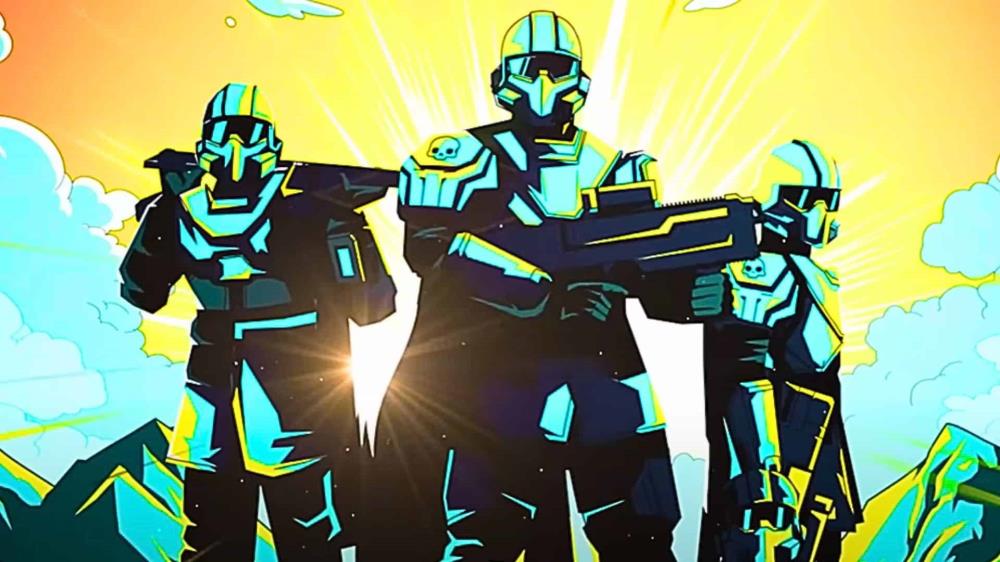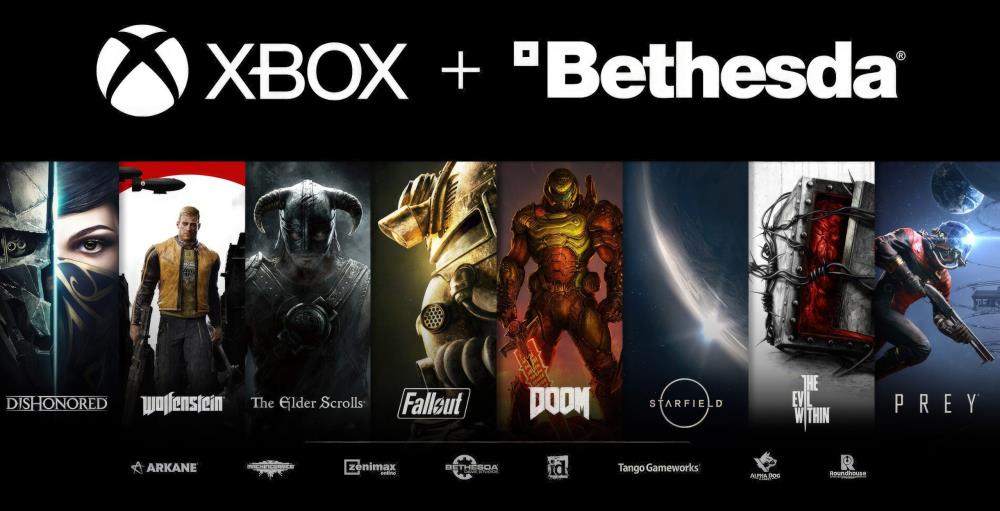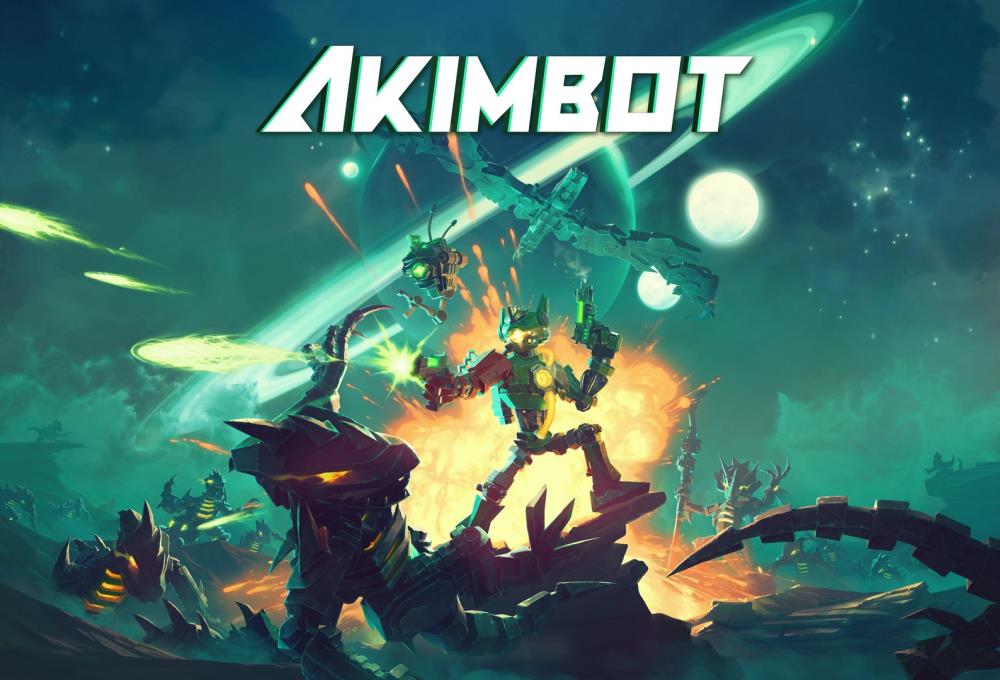
Videogames began as a very rudimentary and simple form of expression. Technological and financial constraints meant that programmers and creators worked with severe limitations. One of the earliest commercial successes came in the form of Pong, which comprised of a few pixels (455x262) and simple audio (a few beeps). Combined with the early coin-op / arcade business model, this meant that early games were difficult, repetitive and based on memorization (skill?). If you were able to superimpose a story on these early games, you either had a great imagination or a great drug dealer. Many consider these early roots to be the “pure” form of gaming, sans all the cutscenes and exposition that came afterwards. To this day, even game developers question the ability to tell a story in games, and for a time, I agreed with them. The thing is, for a very young medium, gaming has already made great strides in their ability to tell stories, and the stage is set for them to forge ahead despite the naysayers and detractors.
With a very humble start, the next significant advancement in storytelling came in the form of text. Yes, text was once a cutting edge feature in games. There had been text adventures before, but now you have visuals and text combined. Now obviously books are great for storytelling, so the combination of text and audio would be great right? Right?!! This was an early exposure to a problem that still perplexes developers and designers today. Traditional entertainment media was a passive affair. Your interaction with a movie or book was unidirectional, you simple received information. Games were a different beast altogether with a different audience. Here, interaction was at the core of the experience, with input and information flowing in both directions. So, while a text adventure game like Oregon Trail was greatly improved with some visuals, mechanics based games like Pacman would not benefit to the same extent. In fact, at times, attempts to tell a story downright ruined an experience because in these mechanics based games, momentum and memorization was key to success, enjoyment and immersion. You wanted to move seamlessly from one stage to the next with a minimum of intrusion. Could you imagine a PacMan game punctuated by 2 pages of text after every stage explaining Pacman’s motivation? Telling a story without ruining the immersion of certain types of games was, and arguably still is, a major hurdle. So, videogames remained a predominantly mechanical affair and any thought of games becoming interactive books fell by the wayside as the popularity of text adventures fell by the wayside.
Well, if videogames couldn’t be interactive books, then maybe they could be interactive movies? In the face of technical limitations, this line of thinking saw the advent of FMV games. These were pre-rendered videos with some “interactivity” sprinkled on the surface. Think of it as movies with QTEs – they were as horrible as that sounds. High cost and limited interactivity saw this fad die out in the eighties along with all those crazy ozone-depleting hairstyles. No, interactivity could not be sacrificed for the sake of story, not to this extent. Gamers did not continue to support this brand of “on rails” gaming in the long term. They required a bit more than this. The mechanics driven game continued to dominate in the absence of a reasonable common ground between gameplay and story.
Today, some developers have found success with games that are heavy on story and very light on gameplay. How long that success lasts is something that I am very curious about. While they certainly aren’t as bad as FMV games, whether they become an established genre or a passing fad remains to be seen. How little gameplay are gamers going to tolerate? Has the audience grown broadly enough to find enough people that are interested in a game where story in at the center of the experience instead of mechanics? So far, the answer seems to be yes and this may be the surest sign that gaming is reaching a mainstream audience who are accustomed (from movies and books) with story being at the center of their entertainment experience.
Along came the CGI cutscene. This came alongside the introduction of 3d modeling and together they revived the concept of games being interactive movies. With this, the gameplay could be combined with movie-like scenes that were stylistically similar to the actual gameplay (Eg anime and 3d models). However, “similar” was not quite enough. There was a very big difference in the character rendering possible in-game vs cutscene. While the CGI character looked human and had a wide range of expression, the in-game character looked, moved and acted like a chunk of wood. This difference ruined the immersion once more. Also, relying on CGI to tell the story meant that the gameplay was broken up for long periods of time. Not everyone appreciated this. The QTE was born out the need to try to keep the gamer involved and attentive during cutscenes. For many though, they simply continue to be an annoyance. Long drawn out cutscenes may be slightly more tolerable in slower paced games like rpgs, horror and survival games, but their inclusion in fast-paced shooters simply seems intrusive.
There were other welcome advances though. The 3d modeling of environments meant that they could be used more to convey tone, atmosphere and story. For example, messages scrolled on walls in blood could help achieve all three if done correctly in your favorite horror game. Smart developers used the game environment to great effect. Audiologs are a mixed bag and it really annoys me to have them interrupted by swarms of enemies. I’m looking at you Bioshock. They are better utilized again in slower games like Fallout where they can serve to keep you company during one of those long treks to somewhere or the other. Phone calls during set parts of a game where nothing is happening was well utilized in games like Condemned which also utilized environmental and cutscene storytelling to great effect.
One great series that manages minimally intrusive techniques is Namco’s Tales of series. The in-game engine as well as the pre-rendered scenes were both done in an anime style that was easier to transition between when compared to lifelike CGI. Further, a lot of the story and character development took place in these short skits between battles and at set points during the game as opposed to long drawn-out sequences. The use of anime in these skits meant that a much greater range of facial expression could be conveyed when compared even to CGI and helped to accommodate much better character development. While this may pale visually to the impressive CGI scenes in the Final Fantasy series, for me, it made for more effective and less obtrusive storytelling in a videogame setting.
Anime does have its limitations though, and the industry rightly continues with its pursuit of “in engine” photorealism. There is this concept in robotics known as the “Uncanny Valley” in robotics. Briefly, as we make something non-human appear human, we appreciate the transition up to a certain point where it so closely resembles a human that they few non-correlating human aspects stick out in a magnified manner. Our appreciation turns to disdain and only when these last remaining non-human features are fixed will scorn be replaced once again by appreciation. This final hurdle or transition is the Uncanny valley and in-game engines have not yet managed the final jump.
Naughty Dog’s “The Last of US” was widely lauded as a masterpiece in storytelling and atmosphere. Many though fall short in explaining why this is. Of course the writing, storytelling and motion capture was top- notch, but that was not the entire reason. It was not just the improvements in technology that had an impact. In my opinion, Naughty Dog achieved success not by pushing boundaries, but by observing them carefully. They walked right up to the edge of the uncanny valley, tiptoed over, and walked sideways along the edge, but never over it.
How did they achieve this? They applied the same principles of a good horror game to storytelling. Rather than attempting emotional cutscenes like those in the movies, they intentionally avoided this. They set the scene, showed you the moving parts, and walked away, leaving you and your imagination to fill in the blanks. Take the first truly emotional scene in the game where – SPIOLER ALERT- Joel daughter gets shot and they cut away. There was no moving deathbed conversation. They didn’t have Joel look up to the heavens an scream “Nooo!”. Communicating such emotion in a game engine is not yet easily achieved. The nuances of facial expression and movement have not yet been replicated accurately enough. Instead, like a good horror game, they left blanks for you and your imagination to fill in. Your imagination crossed the uncanny valley where the technology could not.
For a while, I thought that this would be the pinnacle of videogame storytelling, but I’m hopeful that soon technology will improve to the point where we may be able to finally cross that valley. While not a videogame, the motion capture in the recent Planet of the Apes movie astounded me. Caesar (Andy Serkis) gave a performance that I don’t think many actors today could replicate. I could not believe how much was communicated in that movie through facial expression and breathing movements alone. Its just a matter of time before in-game engines can replicate this level of detail and give us that final push towards becoming a story-telling medium to be reckoned with.
The history of attempts at storytelling in games has its fair share of failures and missteps. It’s understandable that many feel skeptical about its future success. However, I do feel that we have made great strides towards that goal and I for one certainly hope that the experimentation continues. It is no easy task to blend gameplay with story, and there is certainly no one formula that can be applied to all genres. Fast-paced and open-world games provide the greatest challenges thus far.Finding the right techniques for the right gamestyle is a journey that I look forward to taking with my favorite developers.

An existing community manager for Helldivers 2 has acknowledged the 'unfortunate' departure of Spitz following the whole PSN fiasco.
From what I see on Reddit, a lot of fans also hate him... it is just a guy that like the stir shits up, it is not good for both the Arrowheads and the fans.

Wccftech discussed the recent Xbox news with MIDiA Research analyst Rhys Elliott, who pointed out that a strong upcoming Games Showcase could help a lot with fans.
I was hoping for something different from Coalition, not Gears 6 so soon.
Their expertise in UE development could've propelled them to try out other IPs using the new UE5.
But guess, given recent MS' state, Gears 6 was the 'safer' call for the studio. But still hope they venture other IPs or even other genres ... at least FPSs in future?
Why would people be less angry? If MS made it's own games instead of buying up what was already available then we wouldn't be in the situation that everyone is angry at.
MS is the problem.
Fuck MS and Phil. I already told that shit bag off on Twitter, if the dumb ass responds I highly doubt it, I will go off much worse. What a fucking disgrace MS and Phil are to the gaming community.

Akimbot is an upcoming sci-fi action-platformer that shows its inspiration from games of the past.
Very nice blog, why no mention of The Walking Dead or To the Moon. Both of these games represent the best blend of story with gameplay mechanics. Were the mechanics become part of the story.